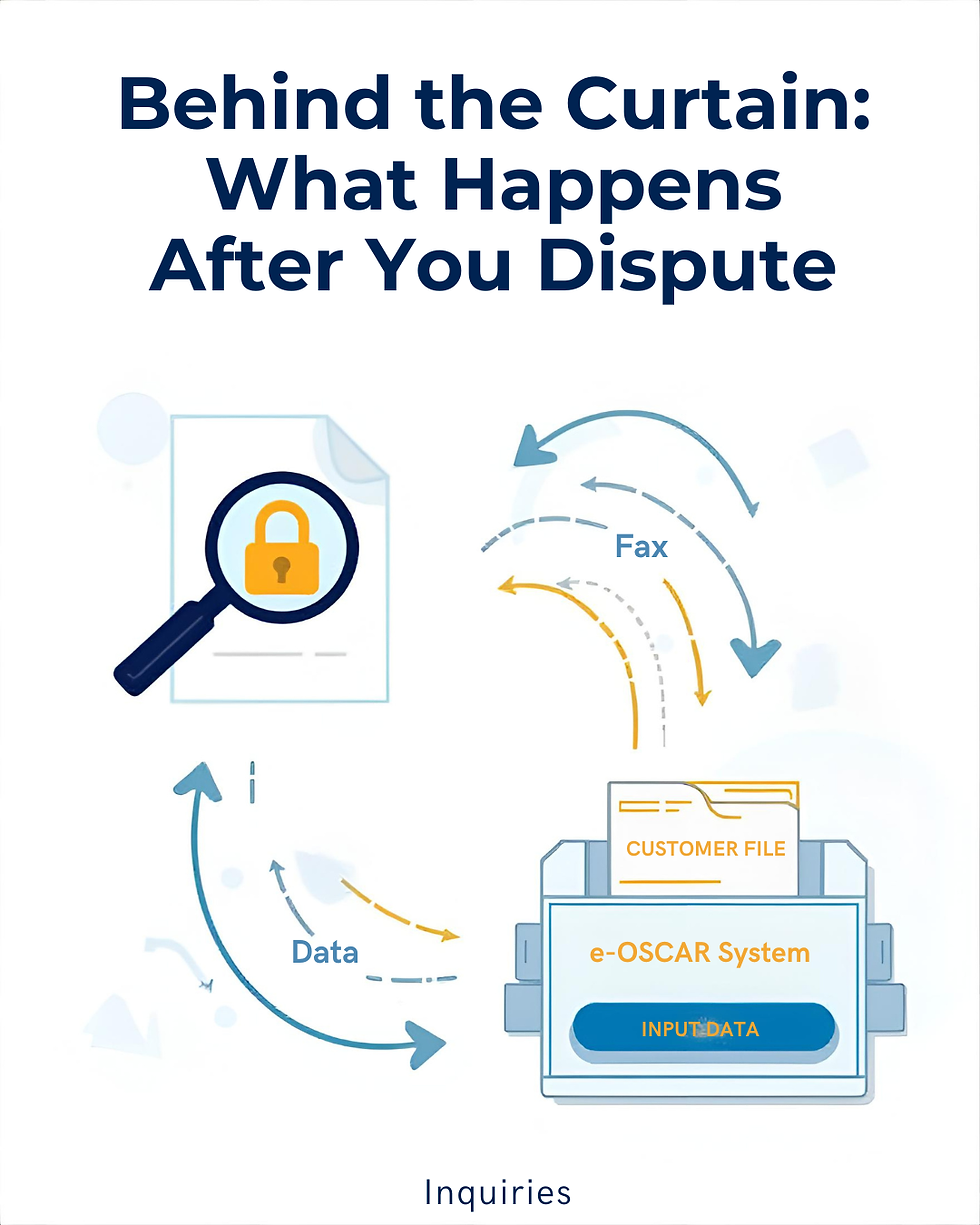Understanding Your Credit: The 5 Factors That Make or Break Your Score
- rebeccarobinson228
- Nov 4
- 3 min read
Learn how your credit score is calculated, what affects it most, and how to strategically improve it. Nygaard Credit Solutions explains the five key factors that shape your credit and how knowledge becomes your financial power.
Why Understanding Your Credit Matters
Your credit score is more than a number — it’s a summary of your financial behavior and a deciding factor in your ability to borrow, rent, and build wealth. From interest rates to insurance premiums, your score can open doors or quietly hold you back.
At Nygaard Credit Solutions, we believe that clarity is power. When you understand how your score is built, you gain control over your financial future. Here’s what truly drives your credit — and how to master it.
1. Payment History (35%) — The Foundation of Trust
Your payment history makes up the largest portion of your credit score. It answers the most important question lenders ask: Can this person be trusted to pay on time?
Even a single late payment can hurt your score, especially if it’s more than 30 days overdue. The good news? Consistency rebuilds trust over time.
Expert Tip:Set up autopay or payment reminders to ensure on-time payments. If you’ve had late payments in the past, consistent positive activity can offset those marks within a few months.
2. Credit Utilization (30%) — The Balancing Act
Credit utilization measures how much of your available credit you’re using at any given time. A high balance compared to your limit signals potential risk to lenders, even if you’ve never missed a payment.
Expert Tip:Keep your credit card balances below 30% of your limits — and under 10% for top-tier results. Paying your balance twice per month (before the statement date) can help keep reported utilization low.
3. Length of Credit History (15%) — Time Builds Trust
The age of your credit accounts shows how long you’ve been managing credit responsibly. The longer your accounts have been open, the stronger your profile appears.
Expert Tip:Avoid closing old credit cards, even if you don’t use them often. Keeping those accounts active (by running a small recurring bill and paying it off) can increase your average account age and strengthen your score.
4. Credit Mix (10%) — Demonstrating Versatility
Your credit mix reflects the variety of accounts you’ve successfully managed — credit cards, personal loans, auto loans, and mortgages. Lenders prefer seeing a healthy combination because it demonstrates financial adaptability.
Expert Tip:If your credit report shows only revolving accounts, consider adding a positive installment account such as a secured loan or rent reporting service to diversify your credit mix.
5. New Credit & Inquiries (10%) — The Caution Zone
Each time you apply for new credit, a hard inquiry appears on your report. Too many inquiries within a short timeframe can signal financial instability.
Expert Tip:Be strategic. Group applications for major purchases (like auto or mortgage loans) within a 14- to 30-day window — multiple pulls for the same loan type usually count as one inquiry.
How Credit Repair Strengthens These Factors
Even with perfect habits, credit reports often contain errors — duplicate accounts, outdated information, or unverifiable debts. That’s where credit repair becomes a powerful tool.
At Nygaard Credit Solutions, we work under the Fair Credit Reporting Act (FCRA) to:
Challenge inaccurate or unverifiable information.
Enforce your right to fair and complete reporting.
Ensure that all data furnishers meet their compliance obligations.
Our goal isn’t just deletion — it’s accuracy. When your credit report reflects the truth, you can build from a clean foundation with confidence.
Understanding your credit means understanding your financial story. Every account, payment, and decision contributes to a bigger picture — and you have the power to rewrite it.
Repair. Rebuild. Rise.







Comments